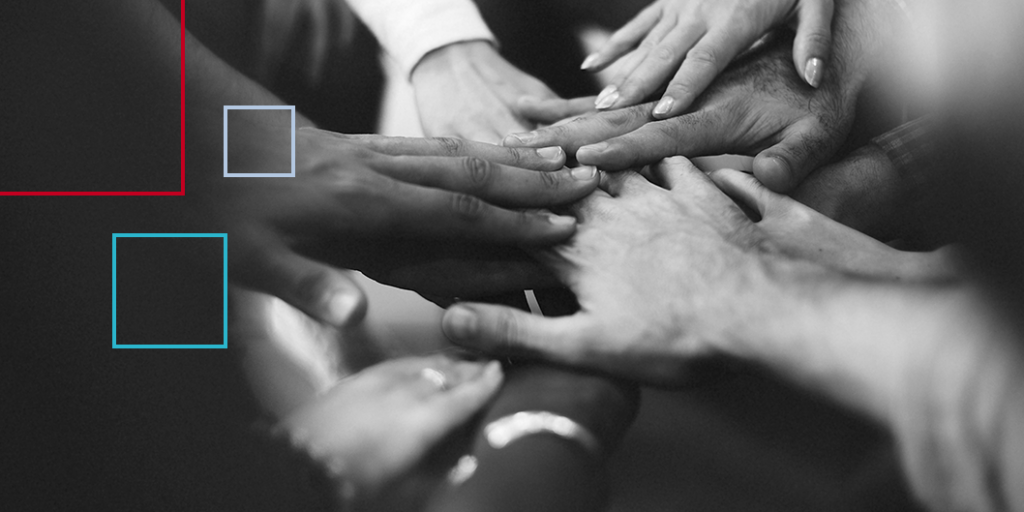Let’s Leave the Armor Off, for Good

A personal perspective on leading differently in the next pandemic transition We have choices as we emerge from the pandemic: We can go back to what now seems like an unsustainable pre-Covid frenetic pace, or we can use this next pandemic transition phase to start afresh, to have different kinds of conversations with our teams (and ourselves). […]
Herminia Ibarra on Career Reinvention – Post Pandemic

We featured author Herminia Ibarra on our executive leadership podcast, WiseTalk just before the release of her book Act Like a Leader, Think Like a Leader. The intelligent, insightful discussion (see recap and link to recording below) covered topics including the outsight principle, how behavior drives attitudes (as opposed to the other way around), and […]
What Leaders Are Facing in the Pandemic

COVID-19 is bringing about a cultural transformation that will have lasting effects. In many ways, we have lost what is familiar but also gained new opportunities for possibility. While we all experience this pandemic differently, perhaps now is the time to rethink how these new and improved ways of working together through digital interactions create […]
Added to SF Business Times Top 50 List

Mariposa Leadership Executive Coaching Firm Secures the No. 35 Spot San Francisco, CA, June 2020 – San Francisco Business Times has named Mariposa Leadership, Inc. to its Top 50 list of “Largest LGBTQ-Owned Businesses” in the Greater Bay Area. Ranking at number 35, Mariposa is the only Executive Leadership Coaching company listed in the publication’s […]
